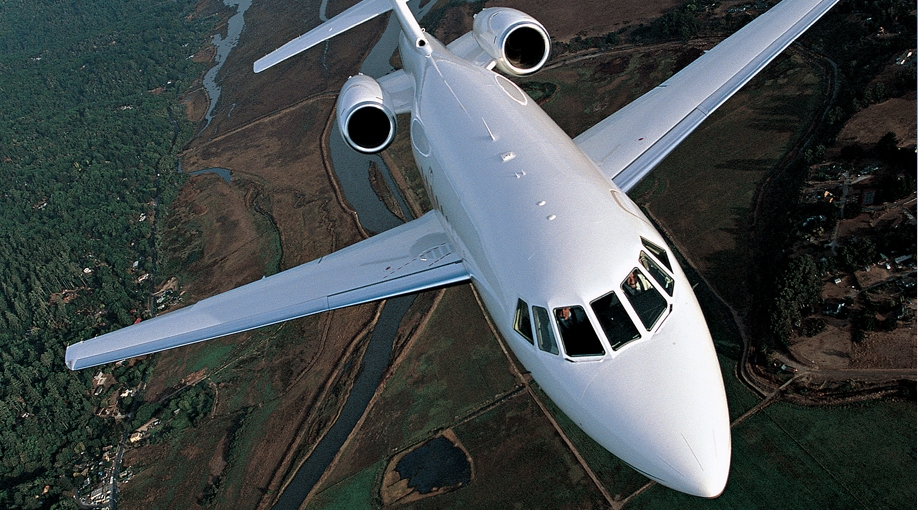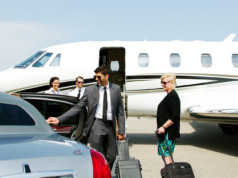
The market — not you — determines the worth of your aircraft. And in the case of aircraft disappearance or serious damage, that market value also determines what action your insurer will take. And therein lies the danger in overvaluing an aircraft on your insurance policy.
Avoid Risk with Accurate Appraisal
The market — not you — determines the worth of your aircraft. And in the case of aircraft disappearance or serious damage, that market value also determines what action your insurer will take. And therein lies the danger in overvaluing an aircraft on your insurance policy.
Aircraft physical damage (or “hull”) policies are written on an Agreed Value basis. In the event of destruction or disappearance of the aircraft, the insurance company will pay the Agreed Value in the insurance contract, less any deductible.
When an airplane sustains significant damage, the insurance company will consider the cost of repair, the value of the salvage, and the insured Agreed Value in order to determine whether to pay for repair of the airplane, or pay to the owner the insured value as a “total loss.”
Here’s an example: in 2005 an owner took delivery of a new Falcon 2000EX EASy and insured the aircraft for the purchase price of $25,230,000. During subsequent insurance renewals, the owner elected to reduce the insured value to $23,000,000 — despite the fact that the average retail price at the time was closer to $18,500,000, according to the then-current issue of the Aircraft Bluebook Price Digest. This decision may have been motivated by bank loan requirements or simply by the owner’s denial of the declining market value — motivation is immaterial.
Later the aircraft was struck by an airliner taxiing on the adjacent taxiway and sustained significant damage, with repairs estimated at $14,000,000.
To Repair or Not To Repair
Although the decision to repair or not to repair is ultimately the aircraft owner’s, the Agreed Value insurance contract determines the insurance company’s payment responsibility. Every policy differs slightly, but most state that an aircraft will be considered a total loss and the insured value will be paid when:
The cost to repair plus the salvage value equals, or exceeds the insured aircraft value.
Using this formula, consider our Falcon example, assuming a hull salvage value of $6,000,000:
$14,000,000 Repair Cost + $6,000,000 Salvage Value = $20,000,000.
That does not equal/exceed the insured value of $23,000,000.
Based on the policy definition, the aircraft would not be a total loss. The insurance company, which has sole authority, would pay to repair, but not to write off, the aircraft.
Now, consider if the aircraft had been insured at the actual current market value of $18,500,000. This time the math and the policy definition lead clearly to declaring the aircraft a total loss.
$14,000,000 Repair Cost + $6,000,000 Salvage Value = $20,000,000.
That does equal/exceed the insured value of $18,500,000.
This is a total loss and the insured is paid the Agreed Value of $18,500,000.
The bottom line is that the insured value must accurately represent the market value of the airplane. Although the insurance industry commonly uses value publications like the Blue Book or vRef, your best option is to have your aircraft evaluated by an American Society of Appraisers’ qualified appraiser. He or she can provide a certified appraisal report based on an onsite physical examination of the aircraft and records, its maintenance history, specific equipment, and any damage history.
The downside of over-insuring your aircraft may be more than just paying too high a premium:
- You may be forced to repair an aircraft that should be totaled.
- You may lose the use of your aircraft for a significant period of time, up to a year or more. While most policies have some provision for the “extra expense” of replacement charter or lease, this coverage is limited.
- You may be left with an aircraft that, even after repair, you and your passengers may feel is unsafe.
- You now may have a hard-to-sell aircraft which commands a lower sale price due to its damage history.
These are the real potential dangers in over-insuring your aircraft, which make it imperative that your insurance policy accurately reflects the market value of your airplane. BAA
Stephen P. Johns is President of LL Johns Aviation Insurance, a business aircraft insurance brokerage. Holding both Property & Casualty Agent and Surplus Lines licenses, he is a Certified Insurance Counselor, and active in the aviation community.




